Embarking on an adventure to explore the breathtaking landscapes of Sierra Nevada is an experience of a lifetime. But while the majestic mountain range promises scenic beauty and thrilling escapades, it also poses the risk of altitude sickness. The Sierra Nevada backpacking routes boast an average elevation of over 8,000 feet, presenting a breathtaking challenge for adventurers. With peaks and passes reaching heights upwards of 14,000 feet, acclimatization becomes crucial. Back in 2020 my sons and I embarked on a 29 mile three day backpack trip in the Cathedral Range of Yosemite National Park. Living near the mountains I never considered Altitude sickness for a hike that would peak out near 11,000 feet for an extend part of the day being a serious issue. However after making a slight mistake of not eating breakfast and then hiking Vogelsang Pass & onto multiple high Sierra lakes, my youngest son started complaining of headaches and stomach discomfort. I didn’t immediately clue in and had him drink some water. After few more miles his energy level was dropping and fatigue really became noticeable. I started to worry about Altitude sickness and asked him more direct questions. We took a long break and ate some proper meals. Luckily he rebounded significantly with food and we made camp and settled in for the night, just to make certain he was reacting well. The next day he was back to normal and we were able to have a great final day in the mountains. but ill never forget the importance of Hydration and proper fuels for the body when hiking in the High Sierra.
This article aims to arm you with vital knowledge about this common, yet often overlooked, health issue that can affect even the most seasoned adventurers.

Altitude sickness: What is it?
Altitude sickness, also known as Acute Mountain Sickness (AMS), is a negative health effect that can occur when you ascend to a high altitude too quickly. It typically presents after reaching altitudes above 2,500 meters (8,000 feet). This condition is caused by reduced air pressure and lower oxygen levels at high altitudes.
The human body requires a certain amount of oxygen to function properly. At sea level, the concentration of oxygen is about 21%. However, as you ascend to higher altitudes, the percentage of oxygen in the air remains the same, but the number of oxygen molecules per breath is reduced.
This means you have to work harder to get the oxygen you need, and this can put strain on your body, leading to the symptoms of altitude sickness.
The key points to remember about altitude sickness include:
– Altitude sickness typically occurs above 2,500 meters or 8,000 feet.
– It’s caused by reduced air pressure and lower oxygen levels at high altitudes.
– The human body requires a certain amount of oxygen to function properly and may struggle to get this at higher altitudes.
– Rapid ascent without proper acclimatization can increase the risk of altitude sickness.
Understanding what altitude sickness is and how it affects the body is the first step in preventing and treating this condition. In the next sections, we will delve deeper into the symptoms, causes, and prevention strategies for altitude sickness, particularly when exploring the Sierra Nevada Mountains.
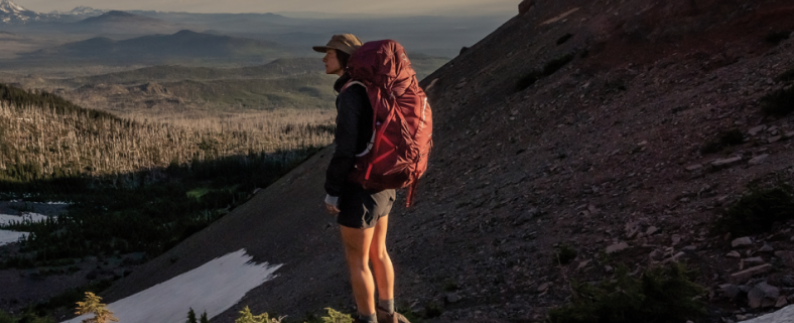
The Sierra Nevada: Altitude and its Effects on the Body
The altitude in the Sierra Nevada ranges from approximately 1,000 feet to over 14,000 feet at the highest point, Mount Whitney. Many of the Eastern Sierra Passes crossover 10,000 feet really quickly and many popular destinations and lakes are easily 4,000 to 5,000 feet above the altitude that many visitors come from in a weekend trip. As you ascend, the air becomes thinner, meaning there are fewer oxygen molecules per breath. This lower oxygen availability can have significant effects on the body, including:
* Breathing Difficulty: At high altitudes, you might find yourself panting even with mild exertion. This is because your body is trying to take in more air to compensate for the lower oxygen levels.
* Altered Metabolism: Your body may start to use energy differently, relying more on carbohydrates than fats as a source of energy, which can deplete your energy stores quickly.
* Fluid Imbalance: The body tends to produce more urine at high altitudes, which can lead to dehydration – a risk factor for altitude sickness.
Understanding these physiological changes is crucial when preparing for any adventure in the Sierra Nevada. It allows you to take appropriate measures to prevent altitude sickness and ensure a safe and enjoyable trip. In the next sections, we will provide you with some useful strategies to avoid altitude sickness, including acclimatization, hydration, nutrition, and medication.
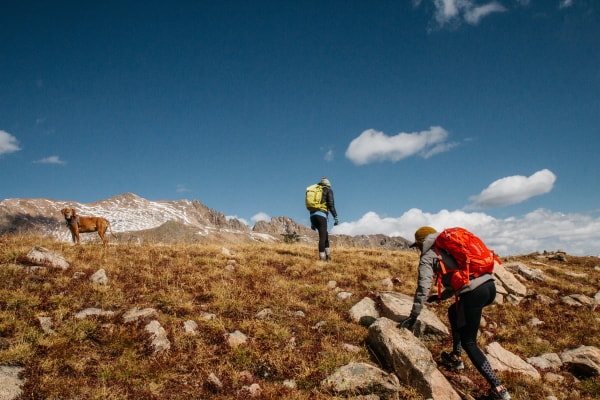
Recognizing the Symptoms of Altitude Sickness
Recognizing the symptoms of altitude sickness is the first step to ensuring your safety while exploring the majestic Sierra Nevada. Altitude sickness, also known as Acute Mountain Sickness (AMS), can present a range of symptoms, some mild and others potentially life-threatening. These symptoms tend to occur within a few hours of moving to higher altitudes, typically above 8,000 feet. Knowing what to look out for is critical for your wellbeing, especially if you’re planning to hike or camp in high-altitude areas.
The symptoms of altitude sickness can be categorized into three main groups: mild, moderate, and severe.
Mild Symptoms:
* Headache: This is usually the first sign of altitude sickness and often feels similar to a hangover.
* Fatigue or weakness: A sense of tiredness beyond what would be expected from physical exertion alone.
* Dizziness or lightheadedness: This can be a feeling of being off-balance or a sensation of spinning.
* Loss of appetite: You may find that you’re not hungry, even after physical activity.
* Difficulty sleeping: Despite feeling tired, you might have trouble falling asleep or staying asleep.
Moderate Symptoms:
* Persistent headache: Unlike mild symptoms, the headache does not improve with over-the-counter pain medication.
* Increased fatigue: You may find it difficult to participate in any physical activity.
* Shortness of breath: This can occur with minimal exertion and may be worse when lying down.
* Nausea or vomiting: This can occur with or without an accompanying headache.
Severe Symptoms:
* Altered mental state: This can include confusion, difficulty maintaining balance, or even hallucinations.
* Shortness of breath at rest: Unlike moderate symptoms, here, shortness of breath persists even when you’re not physically active.
* Inability to walk in a straight line: If asked to walk in a straight line, you may sway or veer.
* Chest tightness or pain: This can be a sign of high-altitude pulmonary edema, a potentially life-threatening condition.
In the event of severe symptoms, immediate descent and medical attention are necessary to prevent potentially fatal complications. Recognizing these symptoms early and taking appropriate action is the key to preventing altitude sickness from spoiling your adventure in the Sierra Nevada.
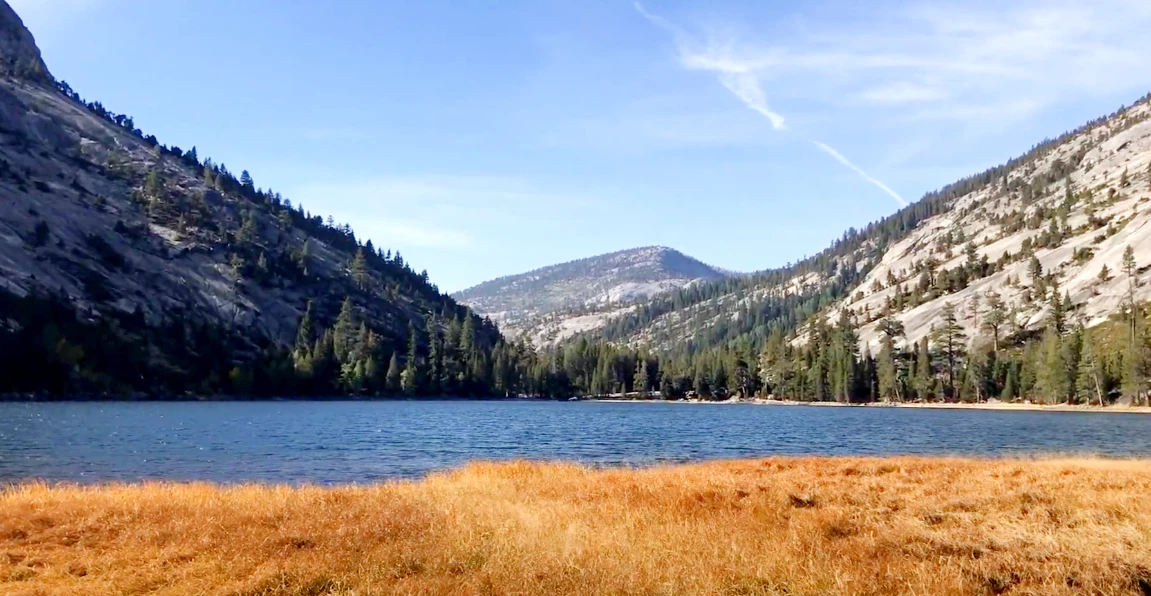
Prevention Strategies for Altitude Sickness
Altitude sickness can be a formidable adversary on your journey through the Sierra Nevada. However, with the right steps, you can significantly lessen your chances of falling prey to this condition. Here are some tried and true prevention strategies:
* Climb Slowly: Your body needs about two to three days of slowly going higher in order to adjust to the changes. Avoid ascending more than 1,000 feet a day.
* Stay Hydrated: Dehydration is a key factor in altitude sickness. Drink water regularly, and remember that your need for water increases with altitude.
* Avoid Alcohol: Alcohol can dehydrate you and make you more susceptible to altitude sickness. While you’re adjusting to the altitude, it’s best to abstain.
* Eat a High Carb Diet: It’s recommended to have a diet that consists of 70% carbohydrates to reduce the symptoms of altitude sickness.
* Sleep at Lower Altitudes: If possible, try to sleep at an altitude that is lower than the highest point you reached during the day.
* Exercise Regularly: Regular exercise before your trip will allow your body to acclimate more easily to the decreased oxygen levels at higher altitudes.
* Use Preventive Medications: For very high altitudes, your doctor might prescribe medications such as Diamox that can help prevent altitude sickness.
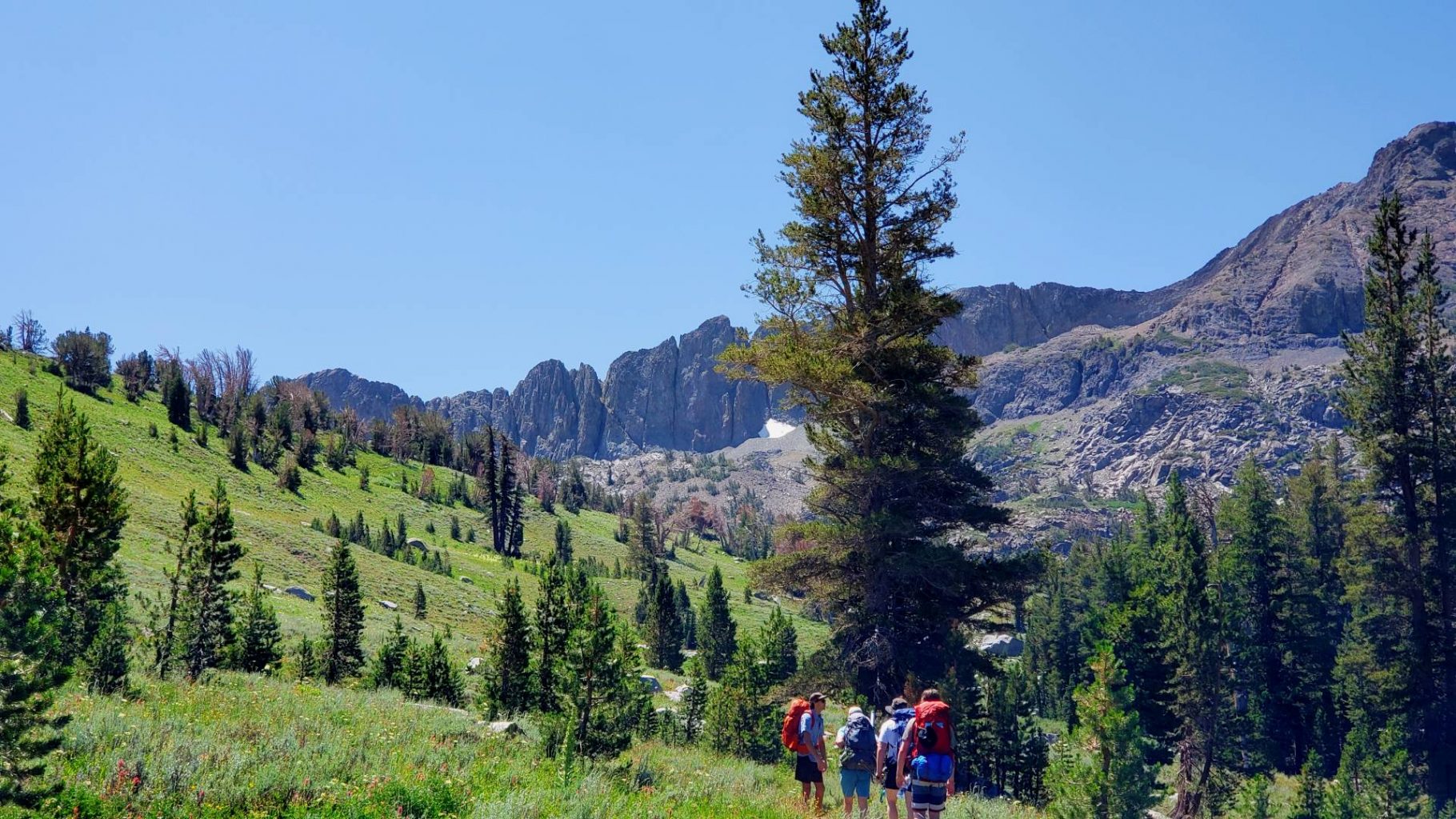
Acclimatization: The Body’s Way of Adapting to Altitude
Acclimatization is your body’s natural process of adjusting to the decrease in oxygen concentration at a higher altitude. This process helps minimize the symptoms and risk of altitude sickness. The body undergoes several changes, such as:
* Increased Breathing Rate: You might notice that you’re breathing faster and deeper. This is your body’s immediate response to get more oxygen.
* Increased Production of Red Blood Cells: Over time, your body will start producing more red blood cells to carry more oxygen to your muscles and organs.
* Increased Urination: Acclimatization also causes an increase in urination. This is a natural response to the changes in your body’s chemistry due to altitude.
* Changes in Metabolic Function: Your body may start to use more carbohydrates for energy as they require less oxygen to metabolize.
The best way to acclimatize is to ascend gradually and give your body time to adjust to the new altitude. Everyone acclimatizes at different rates, so listen to your body and take it slow.
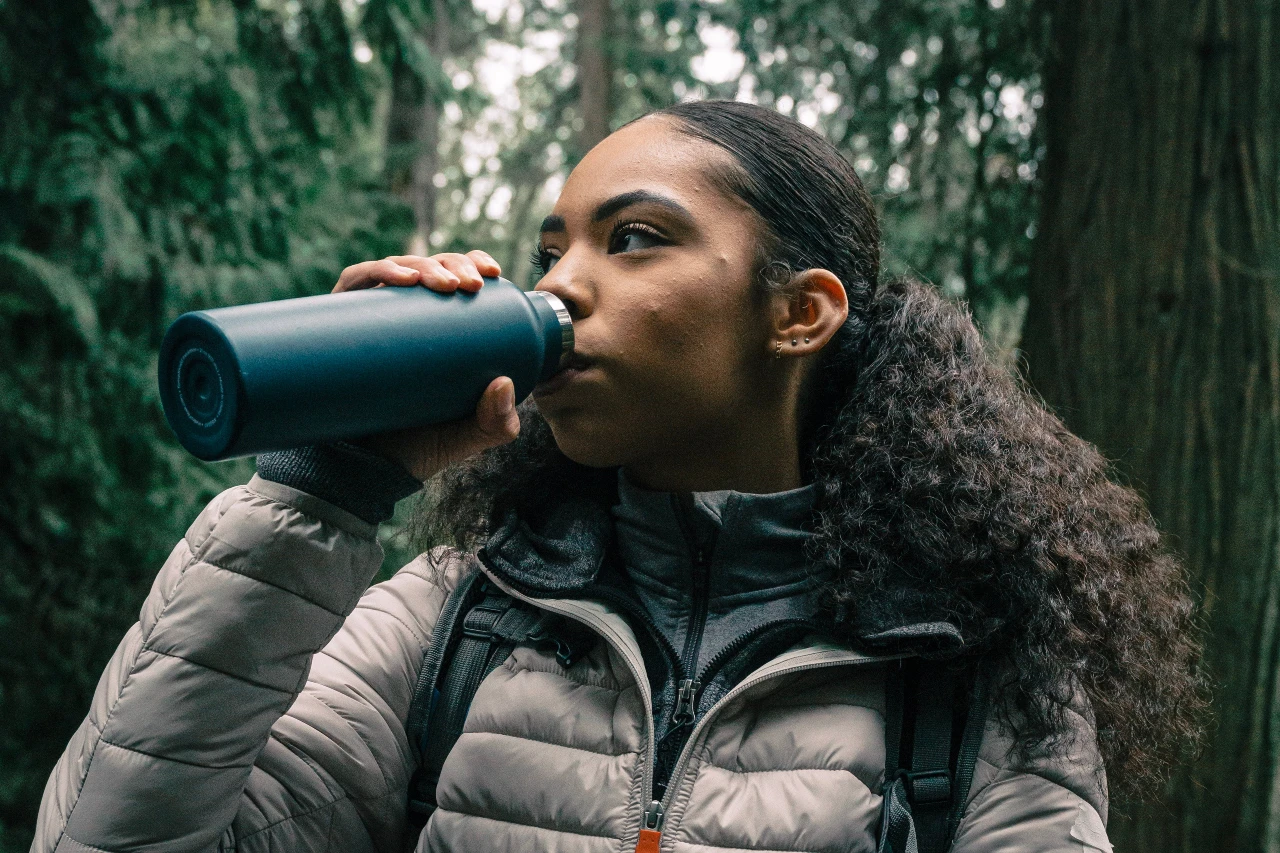
Importance of Hydration and Nutrition in Preventing Altitude Sickness
When it comes to preventing altitude sickness, proper hydration and nutrition are paramount. These two factors are crucial in maintaining the body’s regular functionality and can significantly reduce the risk of experiencing altitude sickness symptoms.
Hydration
Staying hydrated is one of the most effective ways to combat altitude sickness. The air at higher altitudes is much drier than at sea level, which can lead to increased water loss from your body. Hence, drinking enough water and other fluids is vital to replace the lost moisture.
– Drink Plenty of Water: Aim to drink at least 3-4 liters of water per day when at high altitudes. This can help to prevent dehydration, a leading cause of altitude sickness.
– Limit Alcohol and Caffeine: Both alcohol and caffeine are diuretics, which means they can make you lose body fluids faster. This can lead to dehydration, which can, in turn, intensify the symptoms of altitude sickness.
Nutrition
The role of nutrition in preventing altitude sickness cannot be overstated. Eating the right kinds of food can help your body adjust to the lower oxygen levels at higher altitudes and thus reduce the risk of altitude sickness.
– Eat High-Carb Foods: Foods rich in carbohydrates, such as pasta, bread, and cereals, are easier for your body to break down into energy. This is especially important at high altitudes, where your body needs more energy to function normally.
– Increase Iron Intake: Iron helps in the production of red blood cells, which carry oxygen throughout your body. Eating iron-rich foods like green leafy vegetables, beans, and red meat can help your body cope better with the lower oxygen levels at high altitudes.
– Stay Away from High-Salt Foods: Foods high in salt can increase your risk of dehydration, which can lead to altitude sickness. Try to limit your salt intake when you’re at higher altitudes.
Medications and Treatments for Altitude Sickness
When all preventative measures fail and you find yourself battling altitude sickness symptoms, there are a variety of medications and treatments available. These can help manage your symptoms, aid your acclimatization process, and even save your life in extreme cases.
Over-the-Counter Medications
These can be useful in relieving mild symptoms:
* Ibuprofen or Aspirin: These common pain relievers can help with headaches often associated with altitude sickness.
* Antacids: Useful in dealing with nausea or upset stomach, common symptoms of altitude sickness.
* Antihistamines: These can aid in reducing symptoms such as dizziness and nausea.
Prescription Medications
Your doctor might prescribe specific treatments for severe symptoms or for people with a history of altitude sickness. These include:
* Acetazolamide (Diamox): This is the most commonly prescribed medication for altitude sickness prevention and treatment. It helps your body acclimatize faster by increasing the amount of oxygen your body can absorb.
* Dexamethasone: A strong prescription medication often used for severe altitude sickness symptoms. It reduces swelling in the brain, a serious complication of altitude sickness.
Other Treatments
Sometimes, medications might not be enough, and other treatments may be necessary:
* Oxygen Therapy: In some cases, supplemental oxygen may be necessary to increase the oxygen levels in your blood.
* Descent: The most effective, yet sometimes the most difficult treatment. Descending to a lower altitude can reverse the symptoms of altitude sickness.
It’s important to remember that everyone’s body responds differently to altitude changes. Therefore, what works for one person may not work for another. Consulting a healthcare professional before your trip to the Sierra Nevada can help you prepare a treatment plan that’s right for you.
Remember, altitude sickness can be a serious condition. If you notice severe symptoms such as confusion, difficulty walking, or shortness of breath even at rest, seek medical attention immediately.
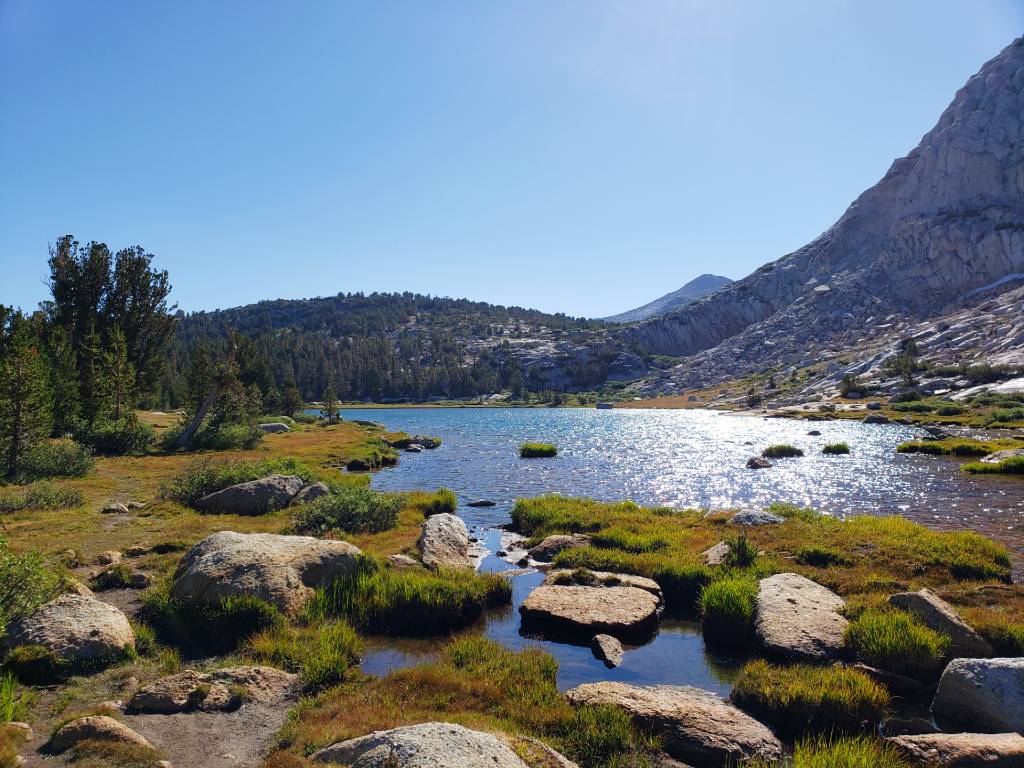
Enjoying the Sierra Nevada Safely
The Sierra Nevada is a breathtaking mountain range that beckons both seasoned adventurers and casual hikers. However, the beauty of these heights can come with a cost: altitude sickness.
To fully appreciate the splendor of the Sierra Nevada safely, it’s important to understand the risks of altitude sickness, and more importantly, how to prevent it.
* Awareness and Prevention: Knowledge is key when it comes to altitude sickness. Recognize the symptoms, know the causes, and understand how altitude affects the body. With awareness comes the ability to prevent, and prevention is always better than cure.
* Acclimatization: Our bodies are remarkably adaptable, and one of the best ways you can prepare yourself for the Sierra Nevada is by acclimatizing. Start with lower altitudes and gradually work your way up.
* Stay Hydrated and Well-Nourished: Hydration and nutrition play a crucial role in preventing altitude sickness. Drink plenty of water and maintain a balanced diet rich in carbohydrates to fuel your adventure.
* Medication and Treatments: If you’re particularly prone to altitude sickness, it might be worth discussing preventative medicines with your doctor. Always remember to carry a basic first aid kit and know the necessary treatments, in case of an emergency.
* Practical Tips: Practicality goes a long way in the mountains. Dress appropriately for the weather, take regular breaks, and don’t push your limits.
Through the lens of the Sierra Nevada, we see that respecting the mountains means respecting our bodies and their limitations. By following these guidelines, you can help ensure that your experience in the Sierra Nevada is a safe and enjoyable one. After all, the goal is not just reaching the top, but also enjoying the journey.











